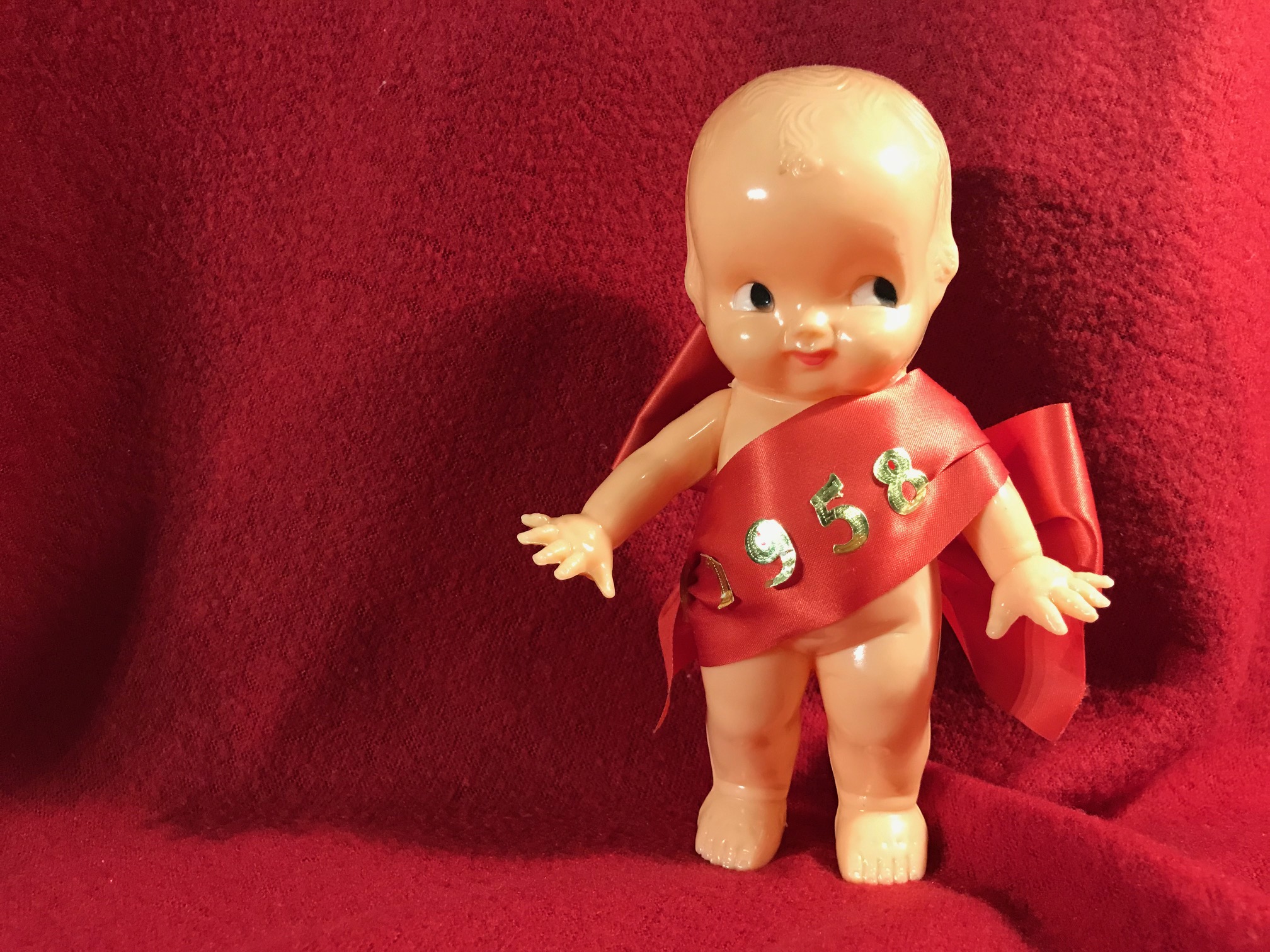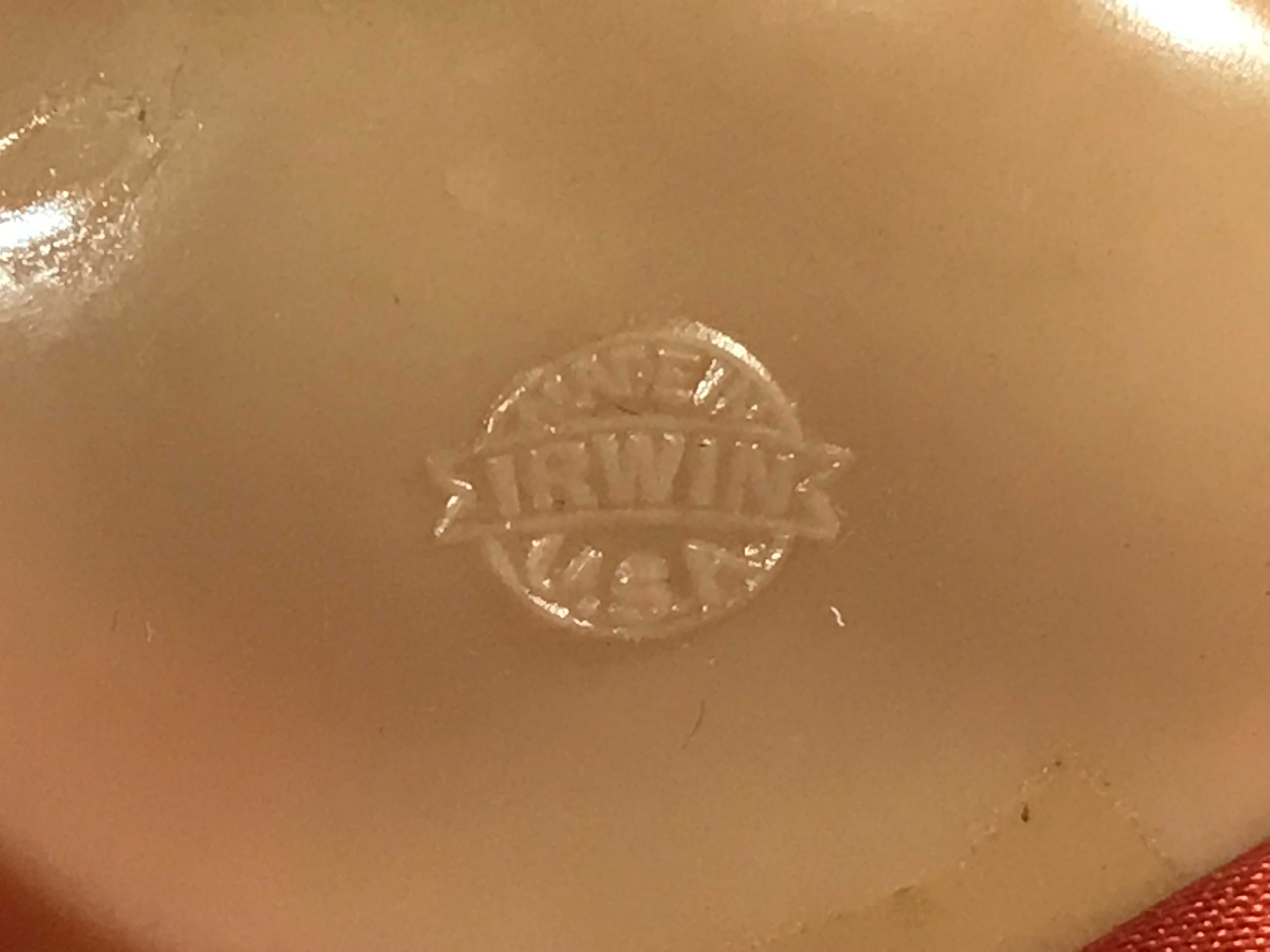#LeadFree: 1958 New Year Baby Kewpie Celluloid Doll “Irwin” #Cadmium
1958 | Baby New Year | Celluloid | Irwin | Made in U.S.A. | Made In USA | Toy | Toys | Vintage | Vintage Doll | Vintage Dolls | Vintage Plastic | Vintage Toy | Vintage Toys
For those new to the Lead Safe Mama website:
Tamara Rubin is a multiple-federal-award-winning independent advocate for childhood Lead poisoning prevention and consumer goods safety, and a documentary filmmaker. She is also a mother of Lead-poisoned children (two of her four sons were acutely Lead-poisoned in 2005).
- Tamara owns and runs Lead Safe Mama, LLC — a unique community collaborative woman-owned small business for childhood Lead poisoning prevention and consumer goods safety.
- Since July of 2022, the work of Lead Safe Mama, LLC has been responsible for five product recalls (FDA and CPSC).
- All test results reported on this website are science-based, accurate, and replicable.
- Please check out our press page to see some of the amazing coverage of our work so far this year!
This little doll tested positive for cadmium (Cd) at 164 +/- 17 ppm.
Modern standards consider a reading of 40 ppm cadmium toxic for a child’s toy.
I was really surprised to find that this was not positive for Lead!
Here’s a link to a modern, likely #LeadFree version of a similar doll on Amazon!
Here are more plastic children’s items Lead Safe Mama has tested.
For more #SaferChoices for your family, click here.
*Some of the links on this page may be Amazon Affiliate links, meaning a purchase made after clicking one may generate a small commission for lead safe mama, llc, without costing you extra!

Never Miss an Important Article Again!
Join our Email List








Celluloid is a *fun* material (and one of the first plastics!). It was used for a wide variety of things, especially to imitate ivory as well as in pre-acetate film (known to spontaneously combust in hot projectors). My family has a clock made by Seth Thomas that uses Adamantine, a type of celluloid. That said, celluloid was largely banned by the 1940s in the US due to it being highly combustable, as well as vulnerable to moisture, thermal changes, and even fungi. It’s mostly used now for musical instruments
https://en.wikipedia.org/wiki/Celluloid
Thank you for commenting! Good info!
T